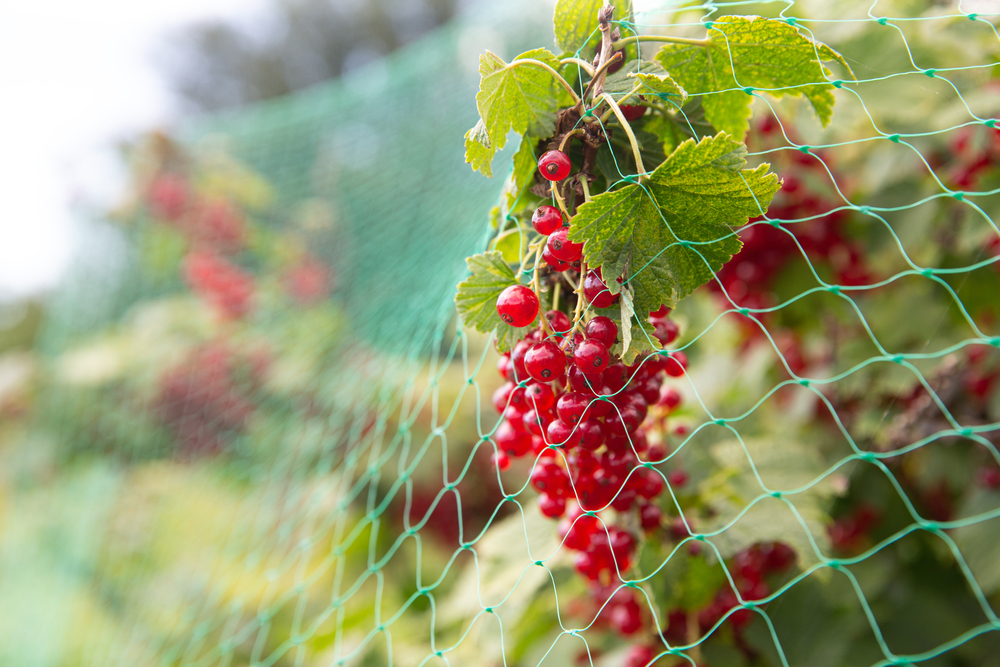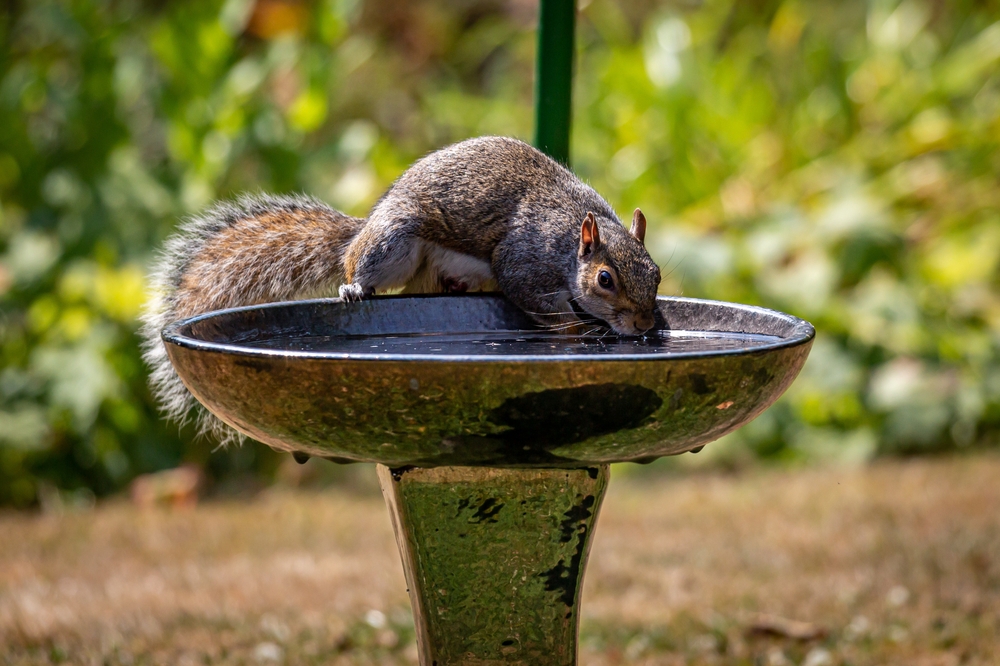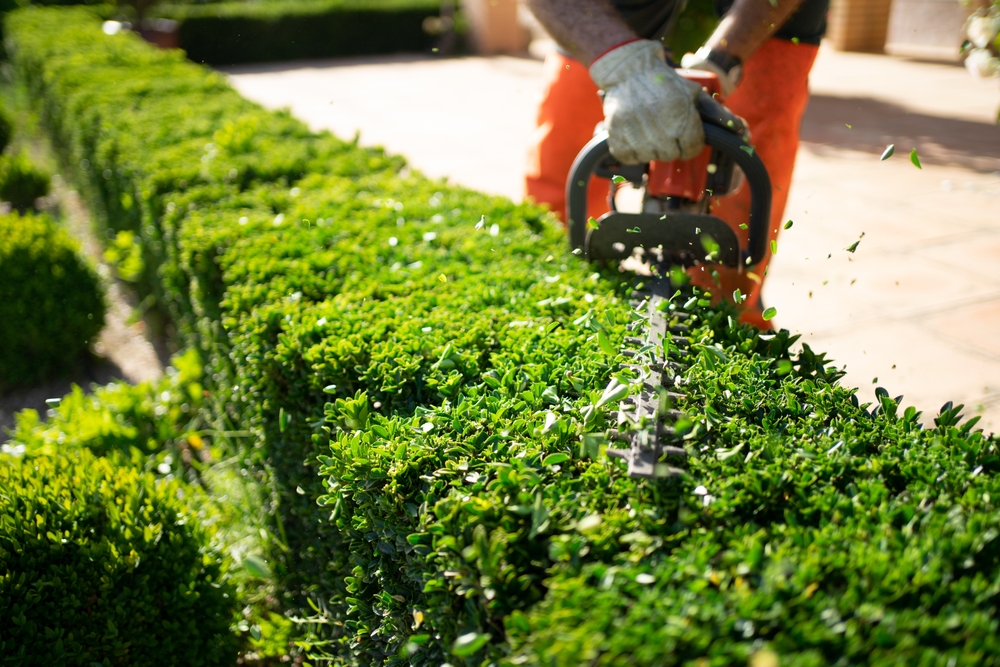Families have been warned of six everyday garden items that could be causing serious harm to British wildlife this spring and summer.
Outdoors experts at GardeningExpress.co.uk are urging gardeners to rethink common practices as they warn unsecured netting and unprotected ponds are creating death traps for birds, hedgehogs, and amphibians.
Even with the best intentions, wildlife can easily fall victim to seemingly harmless garden items as many homeowners are unaware of the potential dangers lurking in their own backyards.
But it’s more important than ever to be mindful of and protect our native species, as the data show that since 1970 UK species have declined by about 19% on average, and nearly 1 in 6 species (16.1%) are now threatened with extinction.*
Some slug pellets, strimmers, and even some water features can pose serious risks to animals like hedgehogs, frogs, and small birds.

Chris Bonnett, founder of GardeningExpress.co.uk said: “People often don’t realise the impact everyday garden items can have. Something as simple as an unsecured net or a steep-sided pond can quickly become a death trap for small wildlife.
“Slug pellets, for example, are often scattered around without a second thought, but the chemicals in some of these products can be harmful. Fortunately there are wildlife friendly alternatives.
“But it’s not just chemicals people need to be mindful of – plastic plant pots, garden netting, and even bonfire piles can all cause serious harm.
“A few small changes can make a huge difference. Securing netting properly, using wildlife-safe pellets, and checking long grass before strimming can help prevent injuries and deaths.
“We want people to enjoy their gardens without unintentionally putting wildlife at risk!”
Here are six of the most common garden hazards that could be killing UK wildlife without you realising:
1. Netting and mesh
Garden netting can act as a deadly trap for wildlife. Birds can become entangled, hedgehogs can get caught trying to crawl through, and small mammals may suffer serious injuries. Instead, use rigid mesh rather than loose netting to minimise the risk of entanglement, and ensure netting is taut and secured at ground level to prevent animals from getting underneath.
2. Ponds and water features
Ponds can be lifelines for wildlife, but they can also become hazards if poorly designed. Ponds with steep sides can prevent small mammals, frogs, and birds from escaping, so make sure to add stones, ramps, or gently sloping edges to help them climb out. Chemicals like algae treatments and pond dyes can also harm aquatic life, so avoid those where possible.

3. Slug pellets
Some metaldehyde-based slug pellets are harmful to hedgehogs, birds, and even domestic pets. Safer alternatives include organic ferric phosphate pellets, which break down into iron and pose no risk to wildlife. Coffee grounds, eggshells, or copper tape also act as natural deterrents, and you can even use beer traps or manually remove slugs at night.
4. Bonfires and leaf piles
Leaf piles and unlit bonfires are tempting shelter spots for hedgehogs, toads, and even small birds, therefore lighting them without checking first can be fatal. Use a broom handle to lift and check underneath leaf piles, and if building a bonfire in advance, cover it with a tarpaulin to prevent wildlife from burrowing inside.
5. Plastic waste
Plastic debris is a hidden hazard in gardens. Birds can ingest small pieces, leading to choking or intestinal blockages, while hedgehogs and other small mammals can get trapped in plant pots, netting, or bags. Make sure you regularly check the garden for discarded plastic, and where possible replace plastic pots with biodegradable alternatives. Overall, it’s always better to keep storage areas secure to prevent windblown plastic from escaping.

6. Strimmers and lawnmowers
Strimmers can pose a serious threat to small wildlife – especially hedgehogs, frogs, and young birds hiding in tall grass or dense undergrowth. The high-speed blades can cause severe injuries or even death. Make sure you check long grass and overgrown areas thoroughly before strimming or mowing, and use hand tools for areas where wildlife may be nesting.




